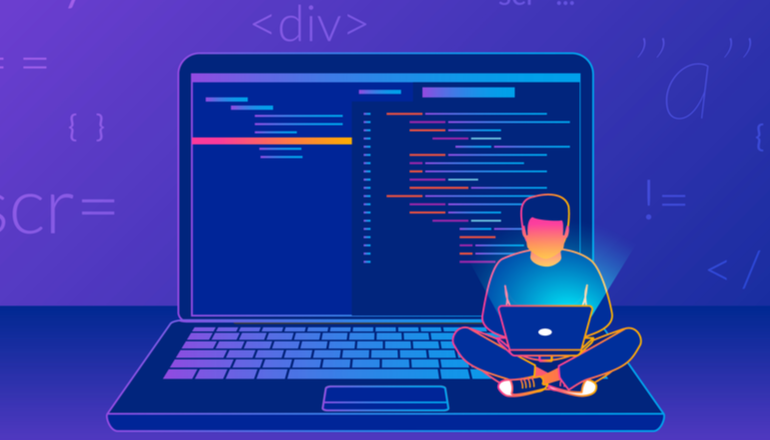Python is a high-level, general-purpose, interpreted programming language.
Python is a high-level, interpreted programming language known for its simplicity and readability. It was created by Guido van Rossum and first released in 1991. Python emphasizes code readability and allows programmers to express concepts in fewer lines of code compared to other languages. It supports multiple programming paradigms, including procedural, object-oriented, and functional programming.
Some key features of Python include:
- Easy to Learn: Python has a simple and straightforward syntax, making it accessible to beginners and experienced programmers alike.
- Interpreted: Python code is executed line by line by an interpreter, which means there is no need for compilation. This makes development and debugging faster.
- Dynamic Typing: Python is dynamically typed, meaning you don’t need to declare the type of a variable before using it. Types are inferred at runtime.
- Rich Standard Library: Python comes with a vast standard library that provides support for various tasks such as file I/O, networking, database access, and more, reducing the need for external libraries.
- Platform Independent: Python code can run on various operating systems, including Windows, macOS, and Linux, making it highly portable.
- Large Community and Ecosystem: Python has a large and active community of developers who contribute to its ecosystem by creating libraries, frameworks, and tools for various purposes, such as web development, data analysis, machine learning, and more.
Python is widely used in various fields such as web development, scientific computing, data analysis, artificial intelligence, machine learning, automation, and scripting. Its versatility and ease of use have contributed to its popularity among developers and organizations worldwide.
Why is Python popular?
Python’s popularity can be attributed to several factors:
- Simplicity and Readability: Python has a clean and easy-to-understand syntax, which makes it suitable for beginners as well as experienced programmers. Its readability encourages developers to write clear and maintainable code.
- Versatility: Python supports multiple programming paradigms, including procedural, object-oriented, and functional programming. It can be used for a wide range of applications, including web development, data analysis, scientific computing, artificial intelligence, machine learning, automation, and scripting.
- Large Standard Library: Python comes with a comprehensive standard library that provides modules and packages for common tasks, such as file I/O, networking, database access, and more. This reduces the need for developers to write code from scratch and promotes code reusability.
- Active Community and Ecosystem: Python has a large and vibrant community of developers who contribute to its ecosystem by creating libraries, frameworks, and tools for various purposes. The availability of these third-party packages makes Python even more powerful and accelerates development.
- Cross-Platform Compatibility: Python code can run on various operating systems, including Windows, macOS, and Linux, without any modifications. This platform independence makes Python highly portable and accessible.
- Strong Industry Adoption: Python is widely adopted across different industries, including technology, finance, healthcare, education, and more. Its popularity in fields such as data science and machine learning has further propelled its growth and adoption.
- Support for Emerging Technologies: Python has gained significant traction in emerging technologies such as artificial intelligence, machine learning, and data science. Libraries and frameworks like TensorFlow, PyTorch, scikit-learn, and pandas have made Python the go-to choice for many data scientists and AI researchers.
- Educational Use: Python’s simplicity and readability make it an ideal programming language for teaching computer science concepts and programming fundamentals in schools, colleges, and universities. Its widespread use in education has contributed to its popularity among students and educators alike.
Overall, Python’s combination of simplicity, versatility, community support, and industry adoption has made it one of the most popular and widely used programming languages in the world.



